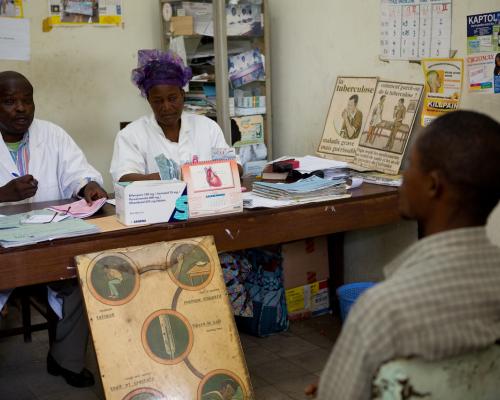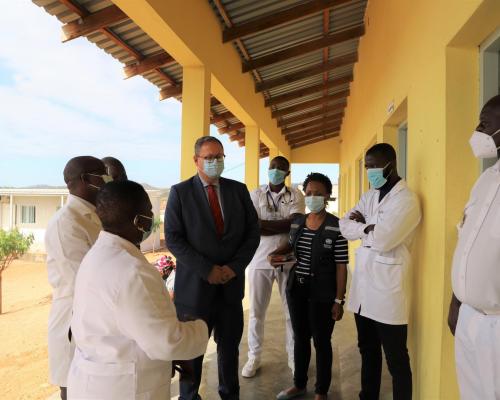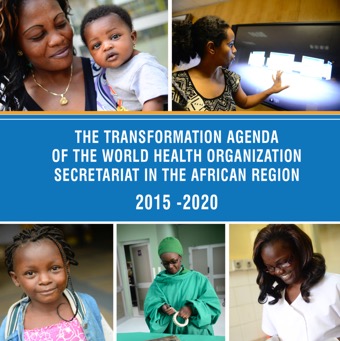Sleeping sickness threatens millions of people in 36 countries in sub-Saharan Africa. Many of the affected populations live in remote rural areas with limited access to adequate health services, which complicates the surveillance and therefore the diagnosis and treatment of cases. In addition, displacement of populations, war and poverty are important factors that facilitate transmission.

- By the mid-1960s HAT was under control with below 5000 annual cases continent-wide. As surveillance relaxed, a resurgence ensued, reaching epidemic proportions in several regions by 1970. In 1998 almost 40 000 cases were reported, amidst an estimated 300 000 undetected and untreated cases. The prevalence reached 50% in several villages in Angola, the Democratic Republic of the Congo (DRC), and South Sudan. HAT was the first or second greatest cause of mortality in those communities.
- The efforts of WHO, national control programmes, bilateral cooperation, and nongovernmental organizations during the 1990s and early 2000s reversed the curve, and the WHO Neglected Tropical Diseases Roadmap targeted for 2020 its elimination as a public health problem, and for 2030 the interruption of transmission (zero case).


